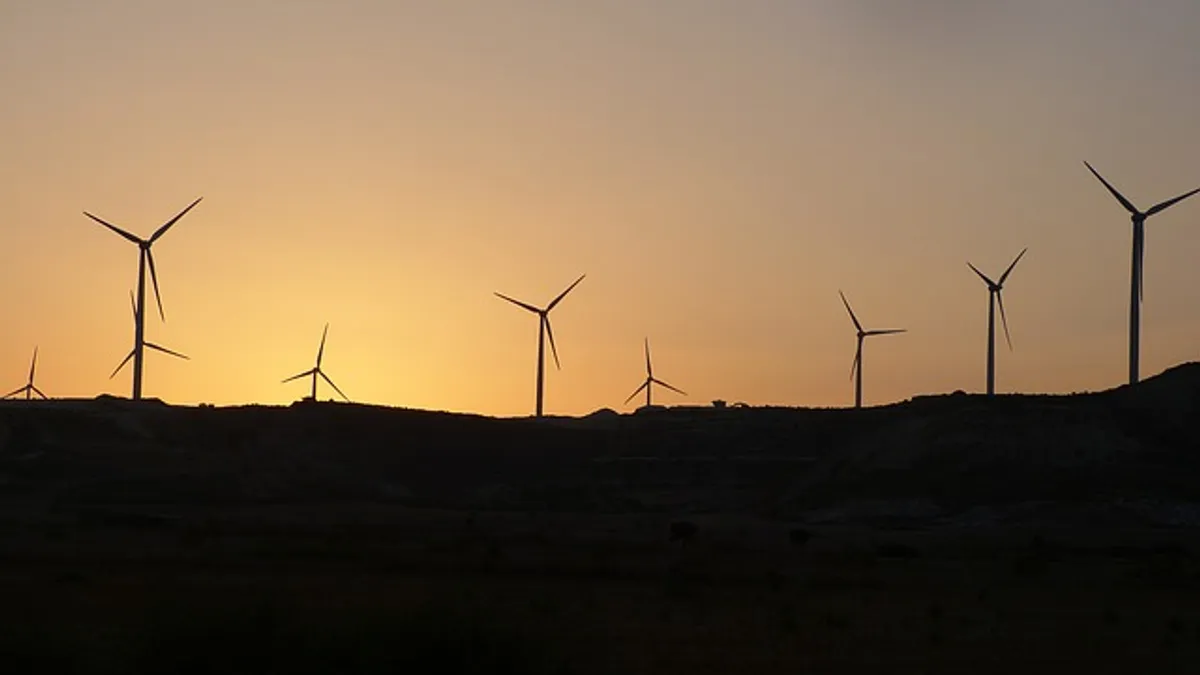Renewables and natural gas are Texas' energy future but demand response and energy efficiency will also be increasingly important, according to a new study refining the state grid operator’s forecasts.
With demand response and combined heat and power that could be cost-effectively added to the Texas grid by 2032, the grid operator’s business as usual projection of 20,600 megawatts of new Texas generating capacity for 2032 could fall to 13,580 megawatts, according to the Brattle Group’s Exploring Natural Gas and Renewables in ERCOT, Part III: The Role of Demand Response (DR), Energy Efficiency (EE), and Combined Heat and Power (CHP). And if Texas seizes the potential of other equally cost-effective energy efficiency opportunities, needed new capacity could drop all the way down to 10,988 megawatts.
The Electric Reliability Council of Texas (ERCOT), the state grid operator, provided data to support Brattle’s research and has found their work helpful in addressing future grid reliability, acknowledged spokesperson Robbie Searcy. “The scenarios in this report are not inconsistent with the possible scenarios we considered in our last 2012 long term system assessment.”
Brattle and ERCOT concur the biggest sources of generation will be natural gas and renewables but, Brattle notes, increased DR, CHP, and EE divide growth “more evenly” between gas and renewables.
The scenarios
Both assessments offer several scenarios. ERCOT projects, for instance, that 13,765 megawatts of coal plant retirements forced by a carbon policy would drive new capacity additions of 39,800 megawatts. Higher natural gas prices would limit new natural gas capacity and increase renewables, according to ERCOT. Renewables’ lower capacity factors would increase new nameplate capacity to 94,954 megawatts.
Scenarios proposed by Brattle reflect other possibilities. “Slower load growth encourages older base load resources to stick around, which is economical, but slows the turnover of the fleet,” Brattle notes. “This has a two-edged effect on fuel efficiency and emissions, slowing the growth of new [natural gas] but generally increasing the growth of wind power but not solar. Thus, demand response in the ERCOT system is more complementary to wind than to either solar or gas.”
By 2017, Brattle forecasts, economic and achievable DR will grow by 20% to 30%, or between 450 megawatts and 760 megawatts. By 2032, DR will grow 90% to 150%, or between 2.3 gigawatts and 3.8 gigawatts, over ERCOT’s current portfolio. With dynamic pricing, DR can cost-effectively provide Texas with over a gigawatt of peak reduction. “The size of the total DR portfolio (existing and new) in 2032 is 6,350 megawatts, 7.8% of the projected system peak,” Brattle forecasts. “Combined with 3 gigawatts of peak reduction in the expanded EE portfolio, this represents a 40% to 50% reduction in projected peak demand growth.”
DR, CHP, and EE will become more important because of natural gas price volatility, expected but indeterminate carbon and renewable policies, and the rapidly falling price of renewables.
The Combined Heat and Power Opportunity
The Texas industrial sector has a big untapped opportunity in CHP, according to Brattle report co-author Dr. Ira Shavel. “CHP in large scale is similar in cost to a combined cycle plant. A big petrochemical facility, for example, can support a combined cycle plant that has similar capital cost and similar operating cost to any other power plant but is more efficient,” Shavel said. And the excess electricity generated by the captured heat of that combined cycle turbine could pay off the investment.
With more DR, CHP, and EE, projected energy prices would be similar to ERCOT system prices between 2010 and 2012. “The highest annual average price for a converged year is about $67 per megawatt-hour,” Brattle concludes. And that “extreme scenario” requiring rigorous emissions reductions and causing high natural gas prices would still be $3 per megawatt-hour lower than a comparable scenario without demand management.
Another reason for Brattle’s increased emphasis on demand side factors is that “ERCOT assumes a more aggressive cost decline for solar in the future,” Shavel said. “They get more solar in their analysis and we get more wind.”
The Role of Demand Response
Demand response may be the biggest reason. “Our finding was that DR impacts solar more than wind because DR shaves the peak,” Shavel explained. “DR beats solar in peak shaving. A peakier load shape and more high-priced hours occur primarily during the summer peak when solar has its highest output. DR takes some of that potential market away.” But DR has little effect in “the deep off-peaks when prices are lower and wind output is higher,” he added.
Energy efficiency is also a factor in the differing Brattle and ERCOT conclusions. “DR is targeted at the peak, and therefore at things that are deployed when electricity prices get high and supply gets relatively short,” Shavel explained. “Efficiency reduces the overall intensity of electricity use. Efficiencies also affect peak demand, but they are basically targeted at kilowatt-hours. DR is targeted at kilowatts on peak.”
While ERCOT’s forecast freezes efficiency, Shavel said, Brattle began with federal efficiency standards already in place and assumed modest requirement increases. “We ended up with about 4% energy efficiency by 2032.”
Ultimately, Brattle finds, “the most important feature of DR is that it saves customers’ money by deferring plant construction, while still reducing emissions.”
Because a carbon policy is coming but not immediately, “the logical evolution of these resources might be to emphasize DR and energy efficiency now,” Brattle suggests. “Since DR does not have large long-term capital servicing requirements, few costs would be ‘stranded’ when a stronger climate policy triggered a larger fleet transition.”





















